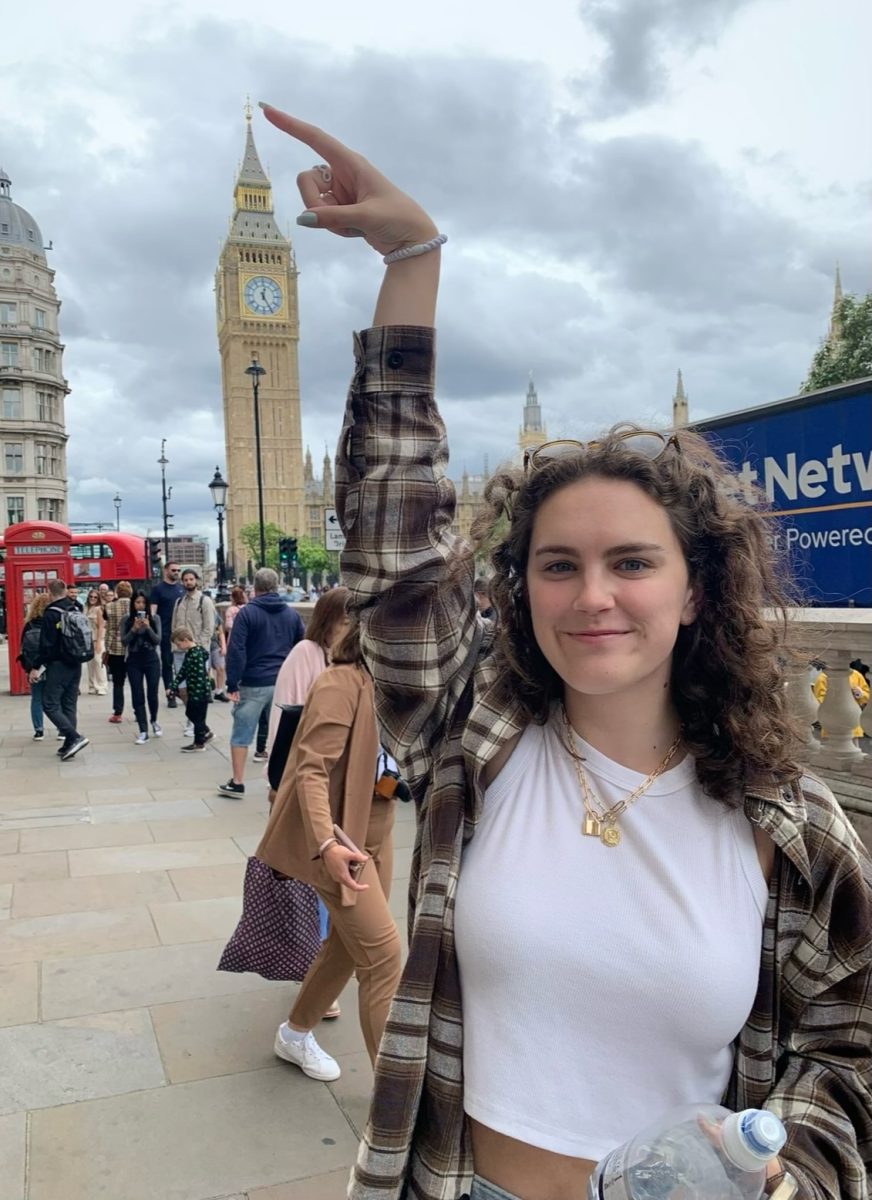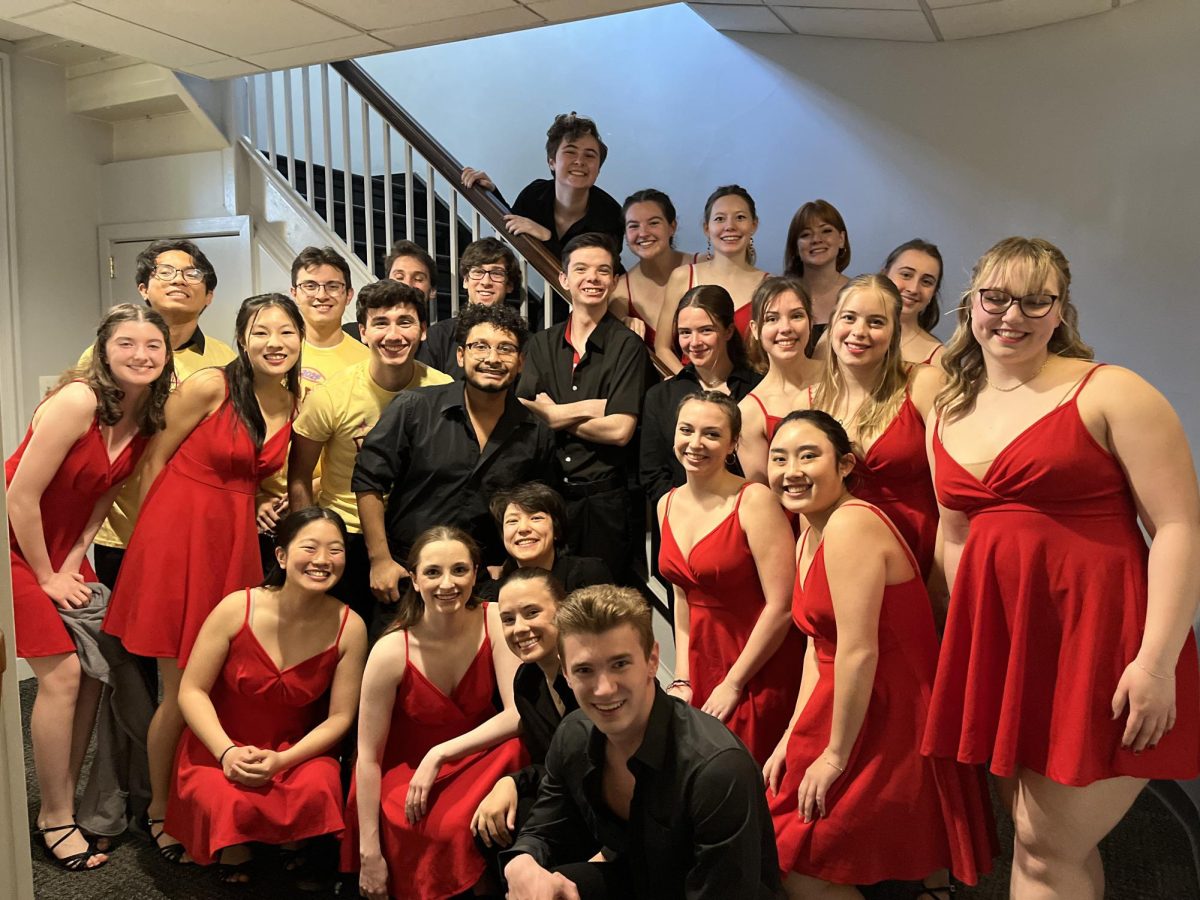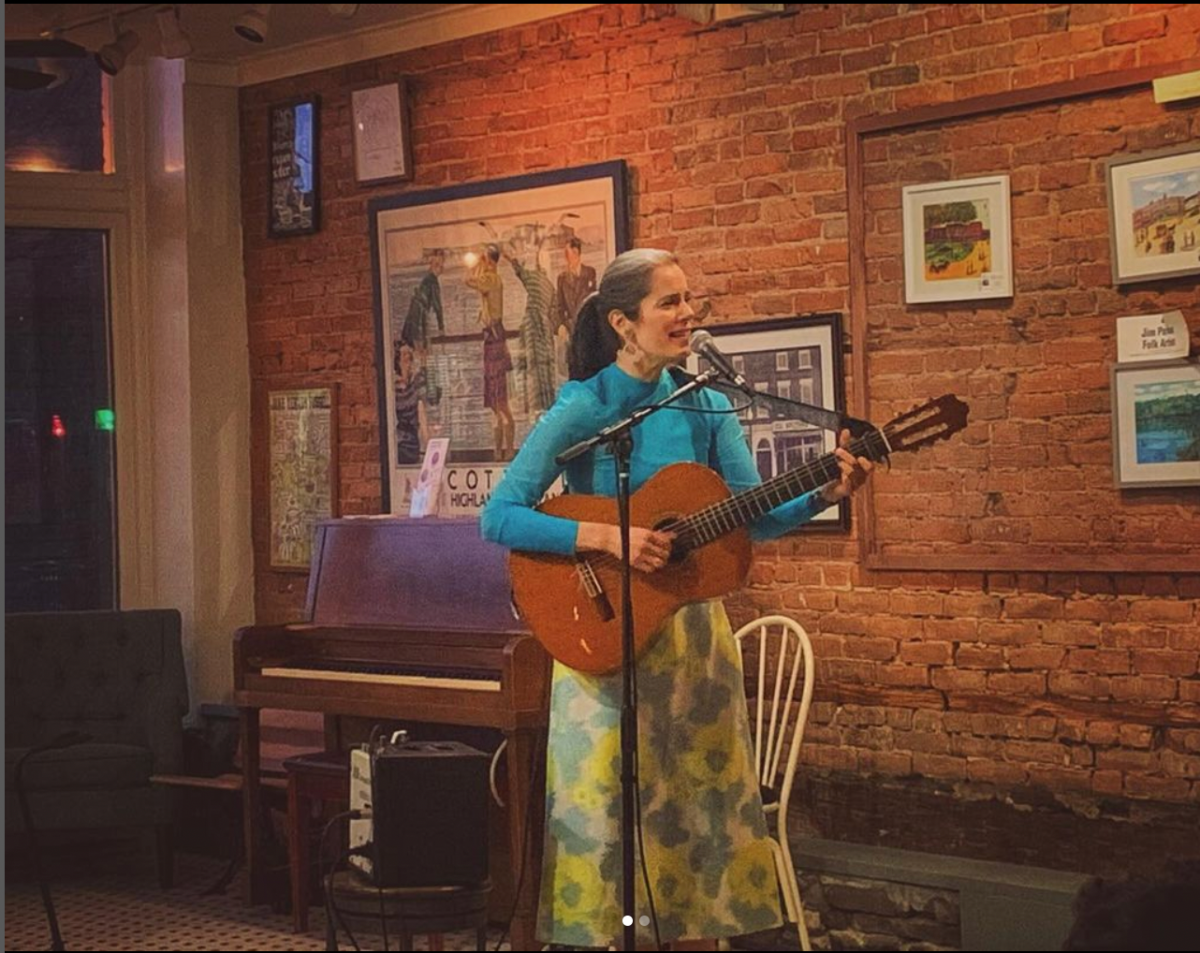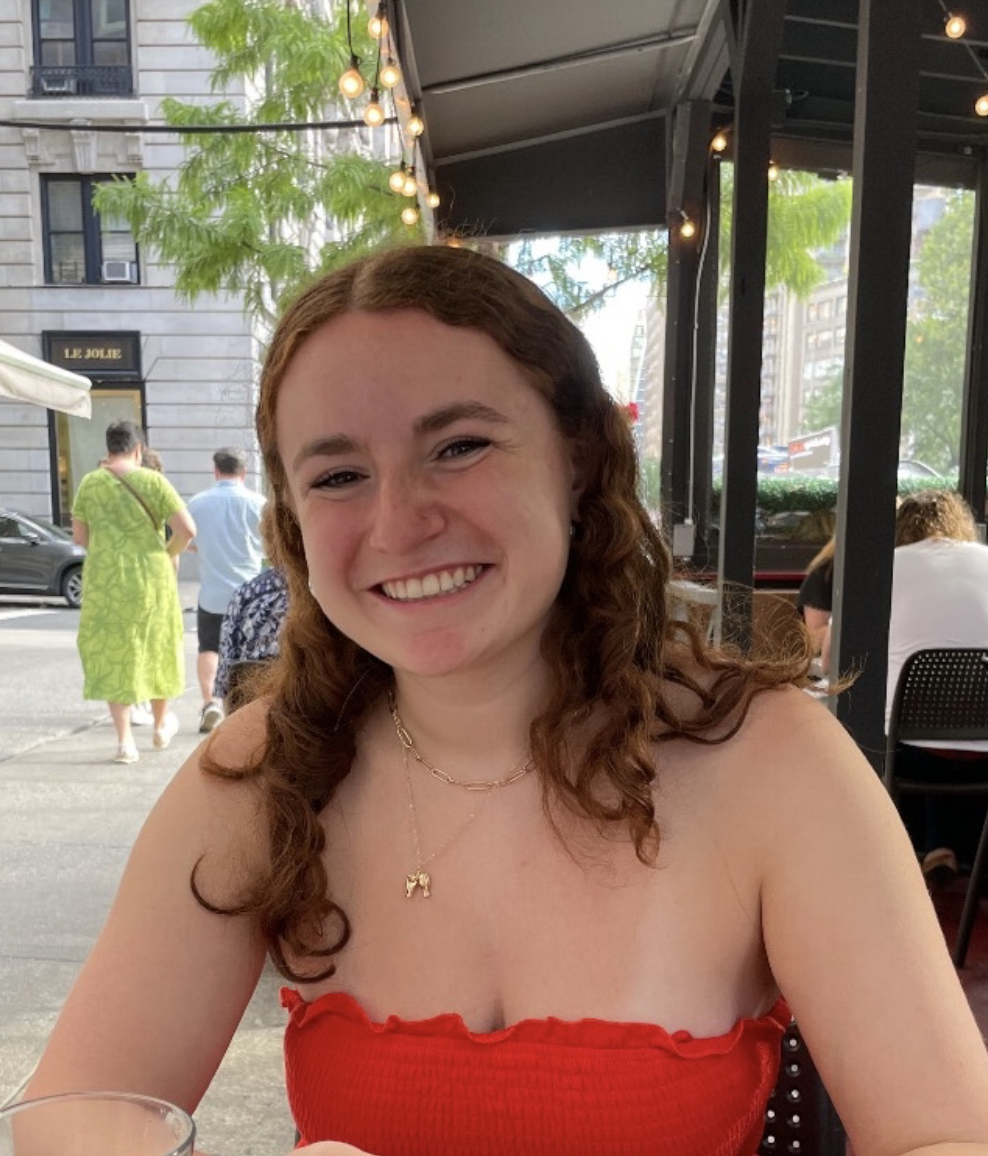In the heart of Hispanic Heritage Month, it’s important that we continue to appreciate and observe the lives, cultures and histories of those who identify as Hispanic and/or Latinx. However, there’s much more to consider when engaging in the appreciation of said community. One of these is something I like to call “the Latinx Limbo.”
As of Fall 2022, according to Colgate University’s demographics data available on their website, approximately nine percent of the student body identifies as Hispanic/Latinx. As a first-year Latinx student at Colgate, as well as an Office for Undergraduate Studies (OUS) scholar, I’ve been extremely lucky to encounter and interact with other extraordinary Latinx students who come from a variety of different backgrounds and cultures. Some of these students are first-generation while others immigrated to the United States at a young age.
While in conversation with these students, specifically with those who were born in the United States but whose parents were born elsewhere, they’ve reported that they don’t identify themselves as part American, rather only by the country of their family lineage. This is where “the Latinx Limbo” comes in.
Before understanding what this issue entails, we must understand what a Latinx diaspora is. As Louis E. V. Nevaer put in in his novel, “Managing Hispanic and Latino Employees: A Guide to Hiring, Training, Motivating, Supervising, and Supporting the Fastest Growing Workforce Group,” “[…] if a Hispanic, Latino, or Latin person wakes up in a country where the constitution of that nation is not written in Spanish, or a related Iberian language, then he or she is living in a diaspora […]”. Basically, our lineage comes from Latin America, but we live somewhere else.
What does a diaspora have to do with this conversation, though?
In a diaspora, an individual identifies with both the culture they come from and the culture of where they currently inhabit. In this way, many of Colgate’s Latinx students are juggling their American identities with the identity of their familial heritage. Obviously, there’s the perk of cultural diversity housed in everyday experiences, but this experience also calls into question whether or not one wants to do this juggling of identities.
Many students have communicated a feeling of estrangement from their Latinx heritage because they live in the United States. These students haven’t necessarily practiced the same cultural practices that their parents and relatives did in their native countries, but rather a derivative of them. A clear example of this would be the population referred to on the internet as the “No Sabo Kids.” This term refers to kids whose parents did not teach them Spanish during their more formative years; although their lineage belongs to a Spanish speaking country, the key trait — language — of speaking Spanish wasn’t inherited. There are parts of a Latinx identity that these students feel they will never achieve because of their living in the U.S. These are the very sentiments that are associated with the feeling of not being Latinx enough.
On the other side of this spectrum lies a different kind of experience. The way in which these students were raised as well as their physical appearance does not fully conform with today’s white American standards. Not only are there Latinx students of color on Colgate’s campus, but their practiced customs aren’t solely American. Similar to how these students have experienced a derivative of a purely Latinx life, they have also lived a derivative of a purely American life. These sentiments lend themselves to a different kind of feeling — a feeling of not being American enough.
If one doesn’t feel Latinx enough, but not American enough either, then where do they stand? How do they define their identities to truly encapsulate who they are, where they come from and what they want to be known as? This is the Latinx Limbo. While these questions are technically part of the Latinx diaspora, they convey more intricate and emotionally significant inquiries about the identity and culture of a person. These intricacies aren’t simply being a part of the diaspora. Of course, there will always be a longing to have a strong connection to heritage, but there will also be a want for belonging in America.
Conversations like these are vital to have during Hispanic Heritage Month because they capture the more intimate aspects of the Latinx experience. As important as it is to celebrate Latinx culture, we must also acknowledge all parts of what makes a person Latinx.















